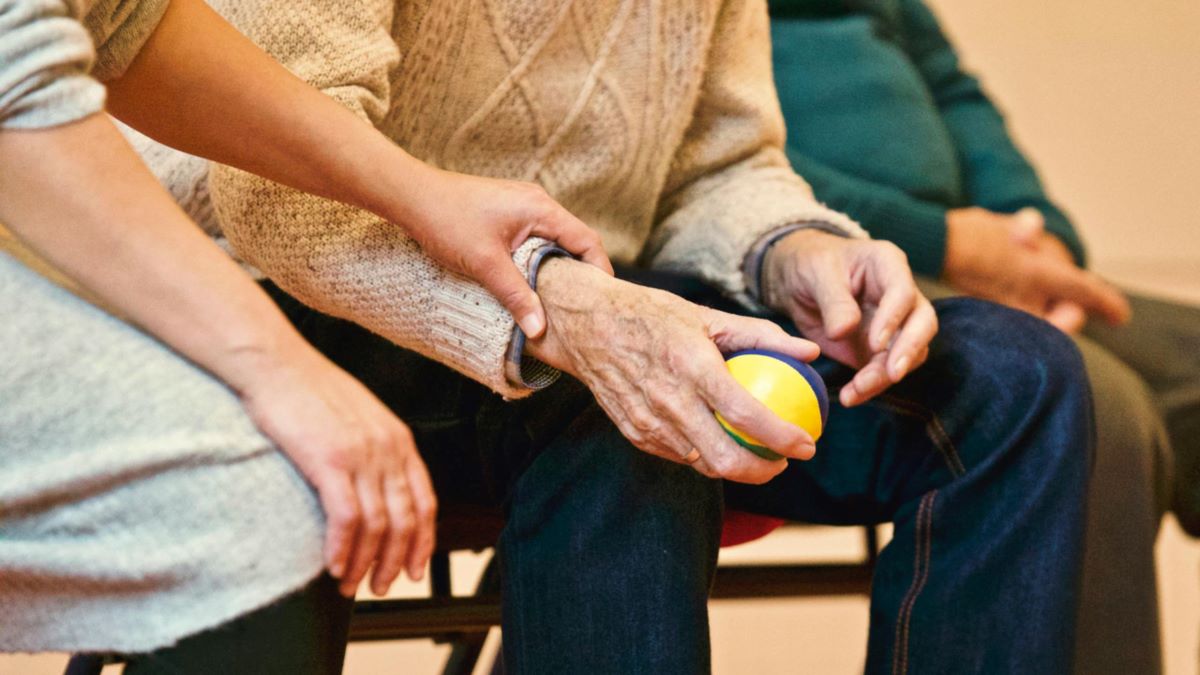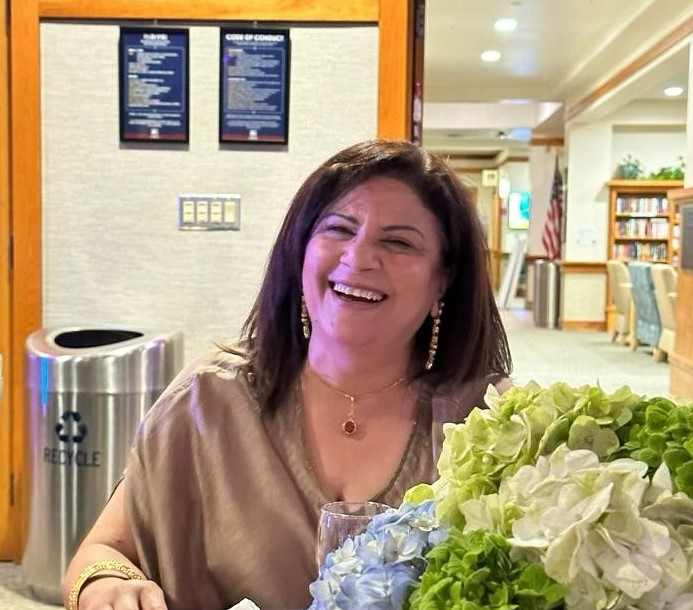California caregivers can earn up to 6,000 through online courses and learn new skills
California faces a looming shortage of caregivers for older adults and adults with disabilities over the next five to ten years.
 Representative image / Pexels
Representative image / Pexels
Caregivers in California have a chance to enroll and get paid to access online training. To help caregivers provide the vital support that elderly and disabled Californians need, the state Department of Aging has hundreds of free — and paying — online courses through its CalGrows training program for unlicensed caregivers, home health aides and certified nursing assistants. The courses end on September 30. If caregivers enroll by August 31, they may earn up to $6,000 to learn and use new skills.
California's vast population of caregivers form the backbone of the health care system for older adults and people with disabilities who live at home or in private nursing homes. Many of these caregivers are unpaid relatives and friends who volunteer their time to care for their loved ones.
Ethnic Media Services briefing explained the CalGrows classes, who qualifies for the stipends, how to enroll, and the skills that caregivers can learn. Panelists included trainers, caregivers and clients: Connie Nakano, Assistant Director, Office of Communications, California Department of Aging, Lidia Mawalu, Fijian caregiver and CalGrows trainee in Monterey County Corrina Rucka, elderly client of Lidia Mawalu Carmen Contreras, CalGrows trainee and Sean Hidalgo, Classes Manager, ACC Senior Services.
A caregiver shortage can have serious consequences for both older adults who need care and the overall healthcare system. It can lead to longer wait time for services. It could lead to decreased quality of care and even social isolation for the older population.
California faces a looming shortage of caregivers for older adults and adults with disabilities over the next five to ten years. The California Department of Aging (CDA) has committed to helping close the gap through the CalGrows direct care workforce training and career development program. CalGrows encourages, supports, and incentivizes home and community-based services (HCBS) caregivers. To date, more than 13,000 caregivers across the state have participated in more than 89,000 training courses, and qualified applicants have collected over $7 million in incentive payments.
The program has more than 600 courses that are available in 9 languages and approximately 14 thousand people have participated in more than 89 thousand courses of the program.These courses are available until the end of September. However, the financial incentives end August 31st.
“The duration of the course could be anywhere from five minutes to five hours. Some can be part of a series. I would suggest the caregivers go to CalGrows.org and see all of the courses that are available.They can set filters, too, for in-person, online; self paced courses, The great thing is that there's over 600 courses. And they're also available in 9 different languages,” said Connie Nakano, Assistant Director, Office of Communications, California Department of Aging, “on topics like dementia, mental health etc. Pick and choose courses depending on how it works with your schedule, and what you want to learn.”
“This program is completely free. So you don't have to pay for any of the courses,” said Nakano. “Undocumented status is not an impediment to qualifying for enrolling. In order to receive the paid incentives the person has to be a paid caregiver.”
Certified training is a great resource to caregivers in the enhancement of their careers as caregivers.
A caregiver’s perspective on the courses
Lidia Mawalu, Fijian caregiver and CalGrows trainee in Monterey County did a CalGrows course through Stanford on Zoom combined with in-person practicals, and classroom learning. It gave her the tools and knowledge on how to take care of seniors, understand how the body works and the impact of medication on the body depending on the time of day it is taken. She learnt to be proactive and anticipate and provide preventive care, for instance on how to prevent a fall.
“Knowing exactly medically what's actually happening inside the person helps me understand what a senior person is going through in their daily life. What I need to do. How to make their life an enjoyable one.”
The biggest breakthrough, she felt, was to understand the new culture. She is from Fiji where the elderly are part of their daily life and everything moves on Fiji time. She now understands American time and ways of doing and communicating.
“These kinds of courses are actually needed. When we come over from an overseas country we are fearful of handling new jobs, maybe because of our status. Some of us may not be computer savvy. The knowledge that CalGrows gave through Stanford was phenomenal, I would say.”
A patient’s perspective on the courses
As soon as I wake up she's there. And she's asking me if I need anything,” said Corrina Rucka, elderly client of Lidia Mawalu Carmen Contreras from the perspective of someone dealing with the challenges of being an older adult with inevitable disabilities. She spoke on how important these training programs are.
“It helps me that she has learnt to be proactive and learnt the language of motivation. She is very aware of the client’s needs and motivates me to make my day an enjoyable one.”
The patient most of the time is new to the illness. They just need to know that there's somebody there that's going to be able to help them and guide them and know what it is they need in order for them to succeed, to recuperate and have the best quality of life that they can.
“Having someone there with them to explain to them, step by step, everything that we need to do I feel works wonders for the patient,” said Carmen Contreras, CalGrows trainee “I'm able to explain to him. He's able to ask me. I'm able to ask the doctor, so that there's no doubt that he knows what is expected of him in recuperating, and all the things that we need to do moving forward. It's an adjustment, no doubt, but it's very doable.”
“It helps me use the right word on the level that the client can understand,” said the caregiver.
“Training enhances our capacity to communicate, I would say, with each other. So it was not just a skill. It was a way of communicating and hearing better what the patient needs.”
ADVERTISEMENT
ADVERTISEMENT
E Paper
Video

 Ritu Marwah
Ritu Marwah 








.jpg)
.jpg)


Comments
Start the conversation
Become a member of New India Abroad to start commenting.
Sign Up Now
Already have an account? Login